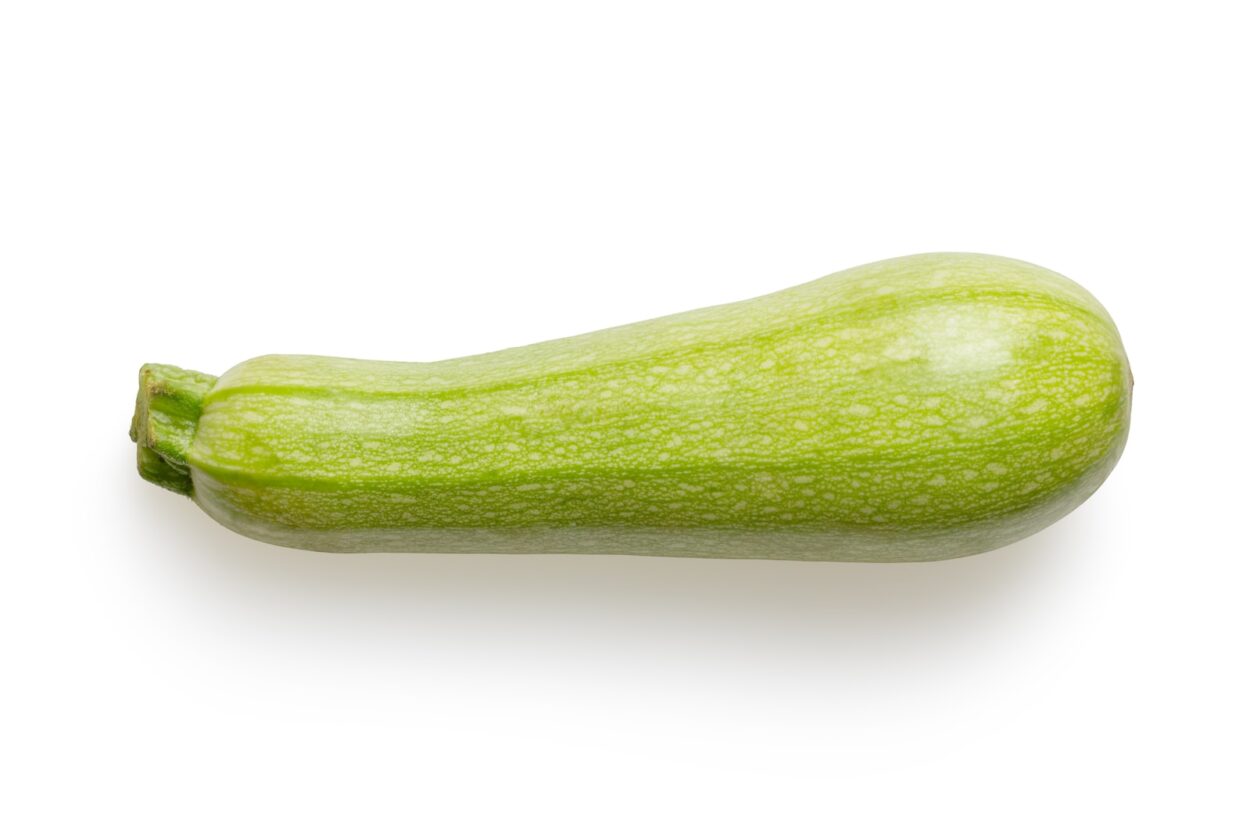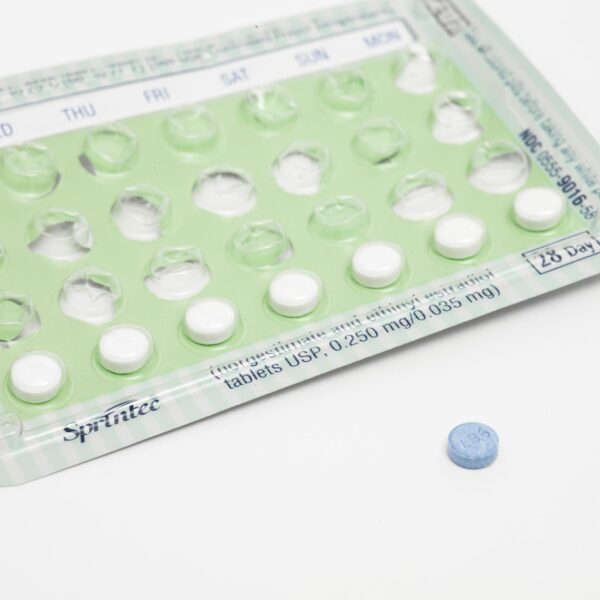Fortunately, there are plenty of body-safe materials to choose from. Glass, stone, and silicone are common choices for dildos.
You’ll also need a good mold, like this quick-set alginate by Smooth-On. And, you’ll want a container to hold your mold while it cures. Lastly, you’ll need a good lubricant.
Silicone
Silicone is one of the most popular materials for dildos, because it has a pebble-smooth feel that feels great against skin. It’s also 100% body safe, which is important because dildos made from jelly, latex or rubber are porous and can leach chemicals into the vagina—not to mention that many people are allergic to these materials.
Some silicone dildos have dual-density cores, which offer two different textures—one soft and the other rough—for increased stimulation. You can also find dildos with suction cups, which are especially useful for masturbation and as a cock ring or butt plug.
For those who prefer firmer toys, look for options with smooth-coated plastic. These contain cores that are the same tough ABS plastic you love, but they’re coated in rubber or polyurethane for a silky surface feel.
When using a new dildo, it’s a good idea to start small and take it slow. Deysach says that patience is key, and if you’re using a dildo for partnered play, to try positions that let you guide the depth of penetration.
It’s also a good idea to buy a mold-making kit that includes premade silicone for ease of use, because mixing and pouring it yourself can be a messy process. We recommend a molding medium like Mold Star 16 Fast by Smooth-On—it’s easy to use and cures fast.
Glass
Glass dildos, such as those made from pyrex or borosilicate, are body-safe, smoother than many other common sex toys, and can be easily manipulated with the right lubrication. They’re also a great option for anyone who has trouble with friction, such as post-menopausal women, or those with vaginal scarring or adhesions.
These toys come in a wide range of shapes, sizes and textures. Some are curved, which can help stimulate the G spot in women or the P-spot in men. Some have beads, ribs or other textures that feel good when rubbed against the body, while others are plain and smooth. Many have flared bases, which allow them to be inserted anally or vaginally.
Another advantage of glass is its ability to change temperatures, which can add a whole new dimension to pleasure play. Simply run your dildo under warm or hot water for a few minutes to heat it up. Then, insert it vaginally or anally to enjoy a sensation that’s closer to the feeling of real flesh.
If you’re enjoying partnered play with a glass dildo, be sure to use a high-quality lube and work slowly and carefully. It’s also important to clean your dildo with antibacterial hand soap, rubbing alcohol or isopropyl alcohol before and after each use, as it can harbor bacteria. Some dildos can even be placed in the top rack of the dishwasher.
Metal
Metal dildos are a fairly new invention and you’ll find that there aren’t as many options to choose from in comparison to the hundreds of traditionally designed dongs. However, if you do want to try a metal dildo, it’s important that you look for one that is made from body-safe stainless steel. There are some chrome-plated mystery alloys out there that have questionable safety, so it’s essential to stick with the big makers like Njoy to ensure you get a high-quality metal toy that is safe for use.
Stainless steel is non-porous, so there are no tiny gaps where bacteria can accumulate in and cause infection. It’s also completely waterproof, so you can use it without worrying about lubrication or contamination. Plus, it has the added benefit of being odorless and tasteless.
If you do decide to get a metal dildo, apply plenty of lube and take it slowly into your vagina or anal for intense pleasure sensations. You can even warm or cool the dildo for extra sensual effects (although never put it in the freezer) and explore some dual stimulation by massaging your clitoris, nipples, or penis along with your anal or vaginal area with the tip of the dildo.
During and after partnered dildo play, Deysach recommends that you and your partner communicate with each other about the experience to find out what sensations pleasure each of you the most. It’s also a great idea to discuss what types of play you both enjoy so you can expand your horizons.
Other Materials
Silicone is the top choice for body-safe sex toys, and it’s also one of the most affordable. It’s non-porous, hypoallergenic, super easy to clean and phthalates-free. Depending on the Shore durometer used, silicone can feel incredibly soft or super firm and is great for exploring new sensations. The only downside is that silicone can attract lint and dust, which needs to be cleaned regularly.
Glass is another great option – it’s not porous, hypoallergenic and easy to clean with soapy water. It can also be heated or cooled for temperature play and some brands of glass dildos have a slight textured surface, perfect for Kegel exercises.
Stainless steel is another good option, although it can be heavy and more expensive. It’s non-porous and can be easily sterilised by boiling, using a medical grade sanitiser or dipping in alcohol.
Other materials include polypropylene (PP) and acrylonitrile butadiene styrene (ABS), which are both pliable, durable and non-toxic. PP and ABS plastic can be moulded into many shapes and textures, making them ideal for customised sex toys. However, they are not as malleable as silicone and tend to feel less realistic than silicone toys. They are also not suitable for cock rings and should never be worn against the skin. If you choose a toy made from these materials, make sure it’s labelled as ‘body safe’ and that there are no latex or phthalates in the mix.




Leave a Comment